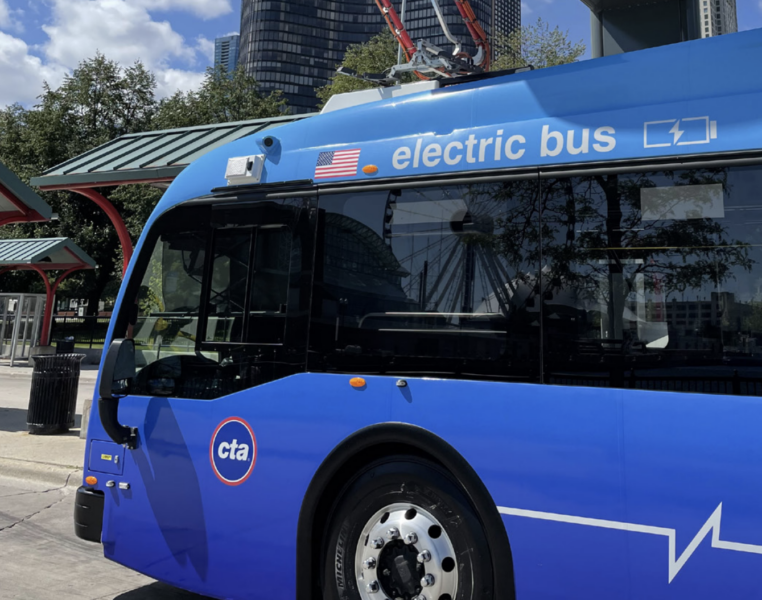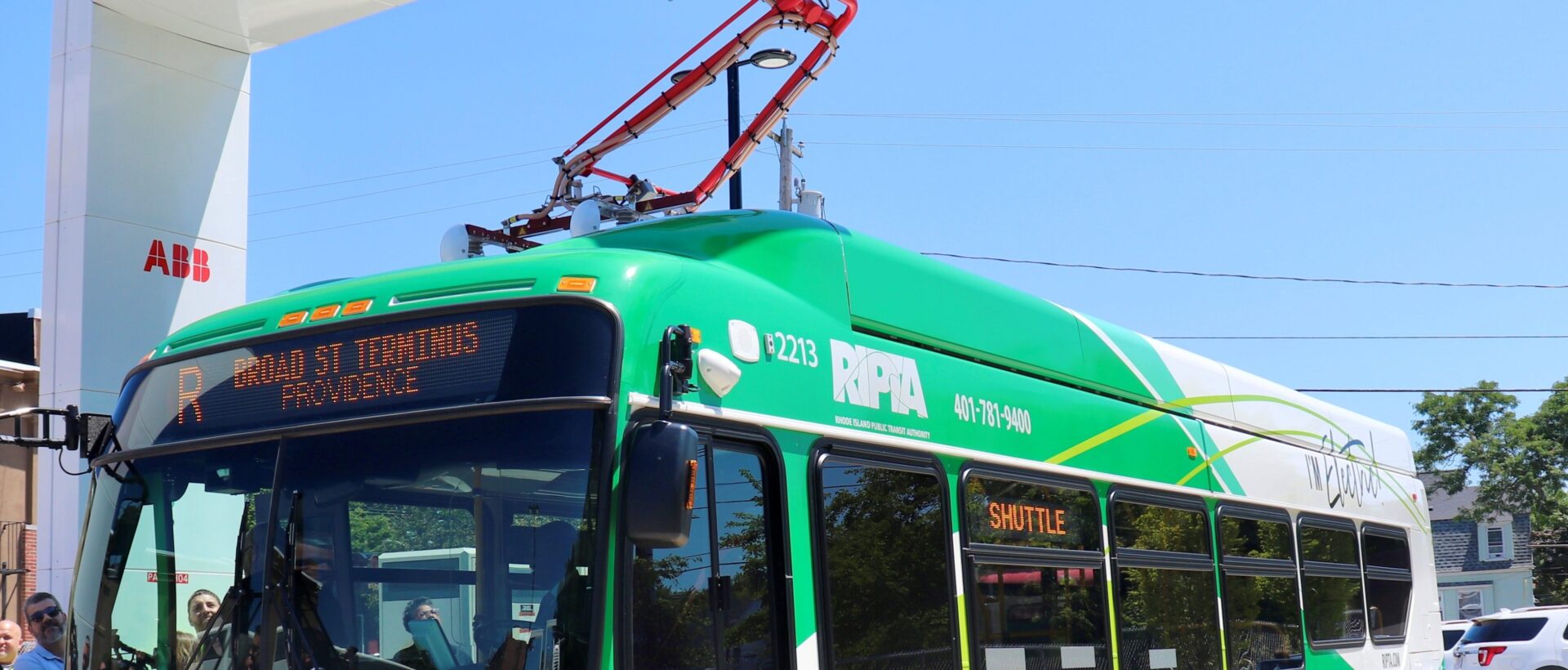The Chicago Transit Authority (CTA) has launched its Bus Vision Project, which aims to examine and improve the CTA bus network.
This project looks to shape the future of bus services in Chicago by analysing the current system and identifying areas for improvement.
A new Framing Report, released in conjunction with the project, offers a comprehensive analysis of the existing network and key considerations for future enhancements.
Chicago Mayor Brandon Johnson said:I applaud the CTA in launching this new initiative, which will ultimately help shape the next generation of public transit bus services for Chicago. By taking a holistic review of the bus service needs of all Chicago communities, especially those who are transit-dependent and from predominantly low income Black and Brown neighbourhoods, Chicago will soon have a roadmap for a more efficient public transit bus system that provides everyone with equal access to opportunities and resources through smarter services and improved connections.
The recently published Framing Report focuses on how well the CTA bus network serves Chicago and its surrounding communities.
It details what makes a bus network effective, outlines the structure of CTA’s network, and evaluates the mobility and equity outcomes produced by the current system. The report also addresses potential improvements and challenges faced by the CTA.
CTA President Dorval R. Carter, Jr. said:CTA’s bus service is integral to how Chicagoans get around every day, and it is critical that we develop a blueprint for the future of bus service informed by our riders. The Bus Vision Project will involve significant community engagement. The goal of the initial engagement phase, which we are kicking off today with the release of the report, is to gather information from our riders on their experience with CTA buses, how they use the network, and what improvements they would like to see in the future.
Bus trips account for more than half of the trips taken on CTA’s system. Buses also maintained a higher percentage of ridership than rail during the pandemic.
Despite strong ridership, regional mobility patterns have changed, and from 2012 to 2019, CTA experienced a sustained bus ridership decline. This is attributed to reduced service levels following the 2008-2009 recession, shifts in population and employment, and the rise of ride-hailing services.
The Framing Report synthesises data and analysis to understand these trends and their impact on bus usage, providing a foundation for discussions on improving the bus network.





















